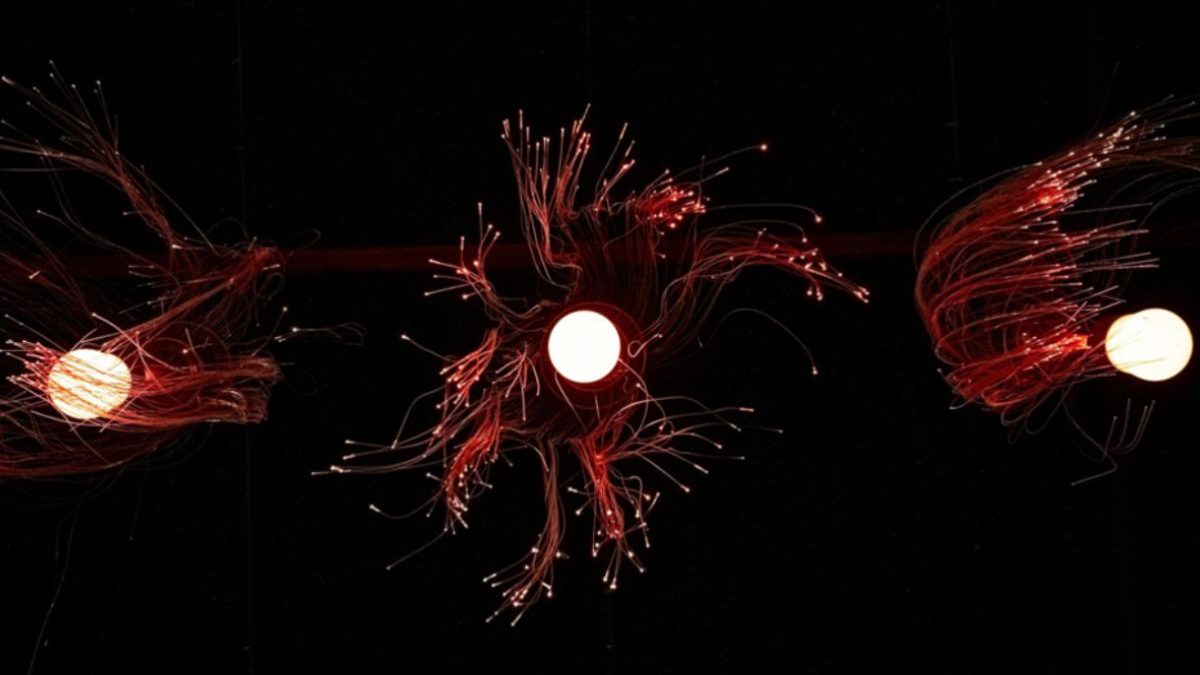The advent of fiber optic communication has revolutionized the way we transmit information, making it possible to share vast amounts of data across the globe at the speed of light.
As we delve deeper into the 21st century, the evolution of fiber optic technology continues to reshape our digital landscape.
This exploration into the advancing trends in fiber optic communication reveals not just the technical strides being made but also hints at a future where data and connectivity could become as ubiquitous and essential as the air we breathe, albeit with a dash of playful imagination to sweeten the discourse.
Table of Contents
Enhancements in Fiber Optic Security
In an era where digital security is paramount, fiber optic communication is stepping up its game.
Techniques such as Quantum Key Distribution (QKD) are being explored to leverage the principles of quantum mechanics for unbreakable encryption.
This doesn’t just mean safer internet browsing; it signifies a potential overhaul of digital security, making our data impervious to conventional hacking attempts.
Managing Power Levels
Understanding and managing the power levels in fiber optic systems is crucial for maintaining optimal performance and reliability.
Employing an optical power meter is a key practice for technicians and engineers alike, ensuring that the light signals within fiber optic cables are transmitted at the correct power levels.
This careful balance is essential for the integrity of data transmission, highlighting the role of precision equipment in the field.
Bringing Light to the Last Mile
The ‘last mile’ problem, referring to the final leg of the telecommunications network that delivers connectivity to the end user, has long been a bottleneck in providing high-speed internet to remote areas.
With innovations in fiber optic cable deployment, such as micro-trenching and the use of drones for laying cables in challenging terrains, high-speed internet is becoming more accessible across the globe.
The Leap into Multi-Core Fiber Technology
Imagine a highway that, instead of adding more lanes, finds a way to make each lane capable of handling multiple cars side by side at incredible speeds. This is the essence of multi-core fiber technology.
By developing fibers with multiple cores, researchers are dramatically increasing the potential bandwidth, promising a future where data bottlenecks are a thing of the past.
Green Light for the Environment
As our society becomes increasingly aware of the environmental impact of our technological advancements, fiber optics presents a compelling case.
With its minimal energy consumption and superior durability compared to traditional copper cables, fiber optic communication not only lights up our world but does so with a smaller carbon footprint, embodying a leap towards sustainable technological progress.
Integrated Photonics: The Silicon Valley of Fiber Optics
The field of integrated photonics, where light is manipulated on a chip to perform various functions, is set to revolutionize fiber optic communication.
This technology promises smaller, faster, and more reliable devices, from transceivers to switches, heralding a new era of compact and efficient communication systems.
5G and Beyond: The Symbiotic Relationship
With the rollout of 5G networks, the symbiosis between wireless technology and fiber optics has never been more crucial.
Fiber optic cables are the backbone of the 5G infrastructure, enabling the high-speed, low-latency communication required by this next-generation wireless technology.
This partnership is not just paving the way for faster internet but is also the cornerstone of future technologies such as autonomous vehicles and smart cities.
Artificial Intelligence and Fiber Optics
The integration of artificial intelligence (AI) with fiber optic networks is setting the stage for smarter, more efficient communication systems.
AI algorithms can predict and manage network traffic, detect and rectify faults before they cause disruptions, and optimize the routing of data.
This fusion of AI and fiber optics destined to unlock new possibilities in network management, enhancing the quality and reliability of our digital connections.
Space-Based Fiber Optic Systems
The exploration of space-based fiber optic systems is pushing the boundaries of communication technology.
By deploying fiber optics in satellite networks, we are exploring methods to increase the capacity and speed of global communication infrastructures.
This innovation could significantly reduce the latency and increase the bandwidth of satellite communications, providing more efficient connectivity for remote and underserved areas around the world.
Quantum Computing and Fiber Optics
As quantum computing advances, the interplay with fiber optic technology offers fascinating prospects for data transmission.
Quantum computing promises to harness the peculiar properties of quantum mechanics to perform calculations at unprecedented speeds.
Coupling this with the high-speed, secure data transmission capabilities of fiber optics may lead to groundbreaking advancements in data processing, secure communications, and computing power, heralding a new era of technological capability.
Conclusion
The evolving trends in fiber optic communication illuminate a path toward a future brimming with possibilities.
From the depths of quantum encryption to the heights of integrated photonics, and the expansion of 5G networks, to the integration of artificial intelligence, space-based systems, and quantum computing, these developments are not only transforming our ability to communicate but are also reshaping our expectations of what’s possible.
As we continue to navigate the digital age, the continuous evolution of fiber optic technology serves as a beacon, guiding us towards a hyper-connected and efficient world, with a promise of innovations that we can barely begin to imagine.


